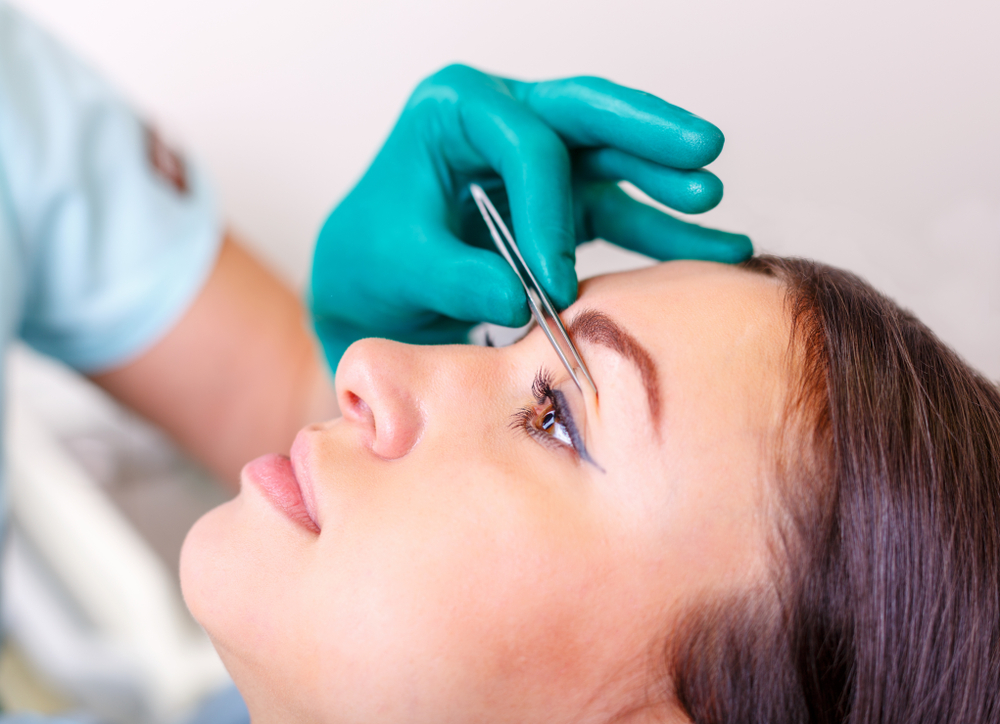
Ptosis repair and blepharoplasty are common oculoplastic procedures designed to improve the function and appearance of the eyelids. Ptosis repair focuses on correcting drooping of the upper eyelid that can interfere with vision, while blepharoplasty targets excess skin, muscle, or fat on the upper or lower eyelids to create a more refreshed appearance. If you’re planning either of these surgeries, understanding the recovery timeline is an important step in preparing for a smooth, comfortable experience.
What to Expect Right After Eyelid Surgery
Following ptosis repair or blepharoplasty, it’s normal to experience swelling, bruising, and mild discomfort around the eyes. Your vision may be temporarily blurry from ointment or swelling. Your doctor will usually recommend applying cold compresses, keeping your head elevated, and using prescribed eye drops or ointments to support healing and reduce discomfort.
Both surgeries are typically performed on an outpatient basis, so you’ll be able to return home the same day. However, it’s important to have someone drive you, as your eyes may be sensitive or your vision might be limited immediately after the procedure.
The First Week: The Healing Process Begins
During the first week of recovery, swelling and bruising will be most noticeable - often peaking within the first 48-72 hours. Some patients also experience mild irritation, watery eyes, or sensitivity to light. Rest is crucial during this period. Avoid strenuous activity, heavy lifting, and bending over to help reduce swelling and promote optimal healing. You’ll likely have a follow-up appointment within a few days to allow your doctor to check your progress and remove any non-dissolving sutures, if needed.
Week Two: Getting Back to Normal
By the end of the second week, swelling and bruising usually decrease significantly. Most people are comfortable returning to work, running errands, and engaging in light activities. Some residual discoloration or puffiness may persist, but these effects will continue to fade.
Long-Term Recovery and Final Results
Most of the visible signs of surgery (such as swelling, bruising, and redness) resolve within two to three weeks. However, complete healing can take several months. As the eyelid tissues settle and incisions continue to heal, your final results will become more apparent. Subtle tightness or numbness can linger for a while but typically improve with time. To ensure the best results, protect your eyes from sun exposure and carefully follow your post-operative instructions.
Tips for a Smooth Recovery
Follow all post-surgery instructions carefully.
Keep your head elevated as much as possible, including while sleeping.
Use cold compresses as directed to reduce swelling.
Take prescribed medications or apply ointments as recommended.
Attend all scheduled follow-up visits.
Avoid rubbing or touching your eyes.
Wear sunglasses outdoors to protect your eyes from sunlight and wind.
When to Contact Your Doctor
While most patients recover without any complications, you should contact your surgeon if you experience any unusual symptoms, such as increasing pain, persistent redness, abnormal discharge, fever, or changes in vision.
Take the First Step at Raleigh Eye Center
Ptosis repair and blepharoplasty are effective procedures to restore eyelid function and appearance. With a clear understanding of the recovery process and a commitment to your surgeon’s care instructions, you can expect a smooth healing experience and long-lasting results.
If you’re considering ptosis repair or blepharoplasty, the specialists at Raleigh Eye Center are here to answer your questions and guide you every step of the way. Contact our office in Raleigh, Durham, Reidsville, Henderson, North Carolina, or South Hill, Virginia. Call (919) 899-2472, (919) 876-2427 or (252) 492-8021 to book an appointment today.













